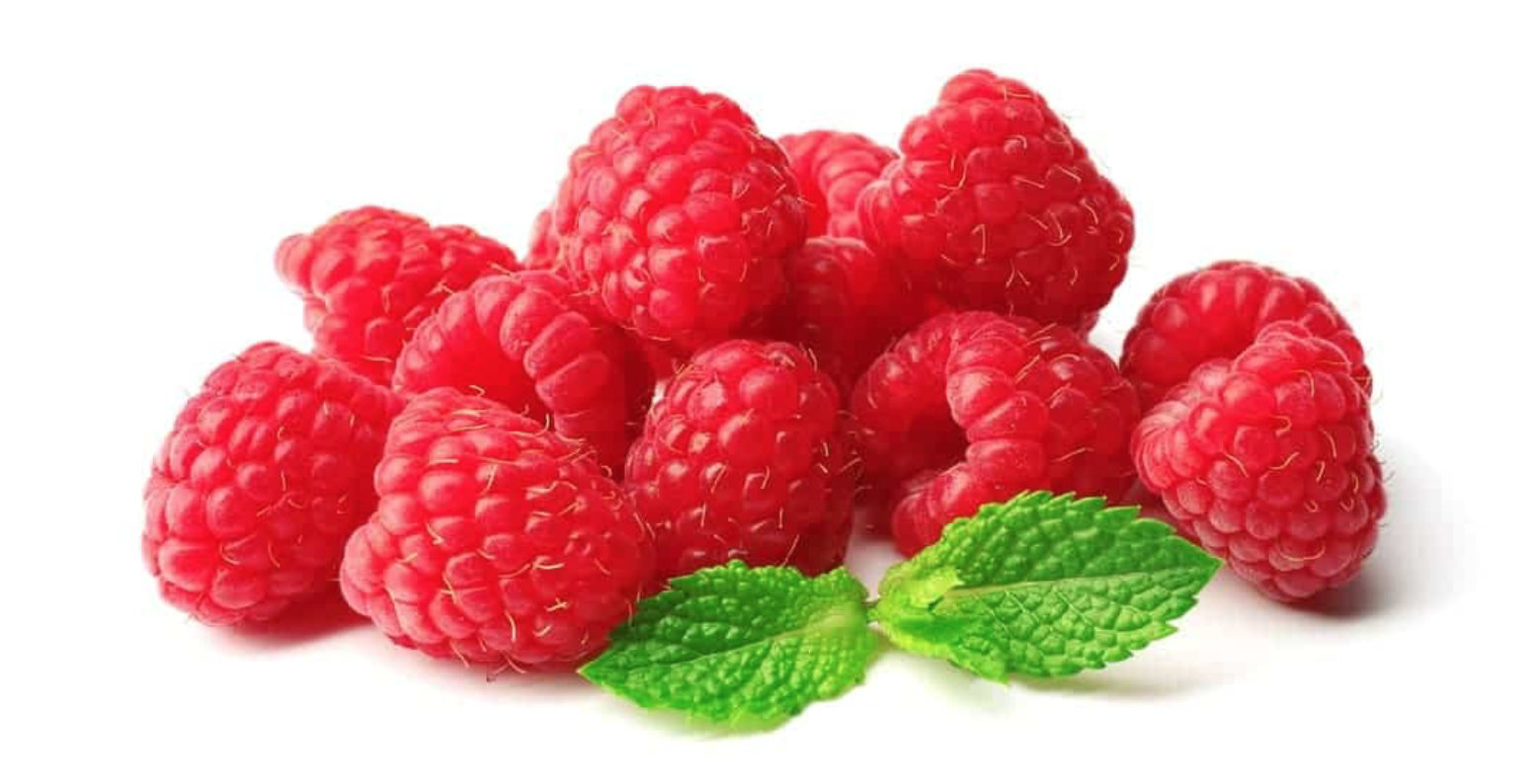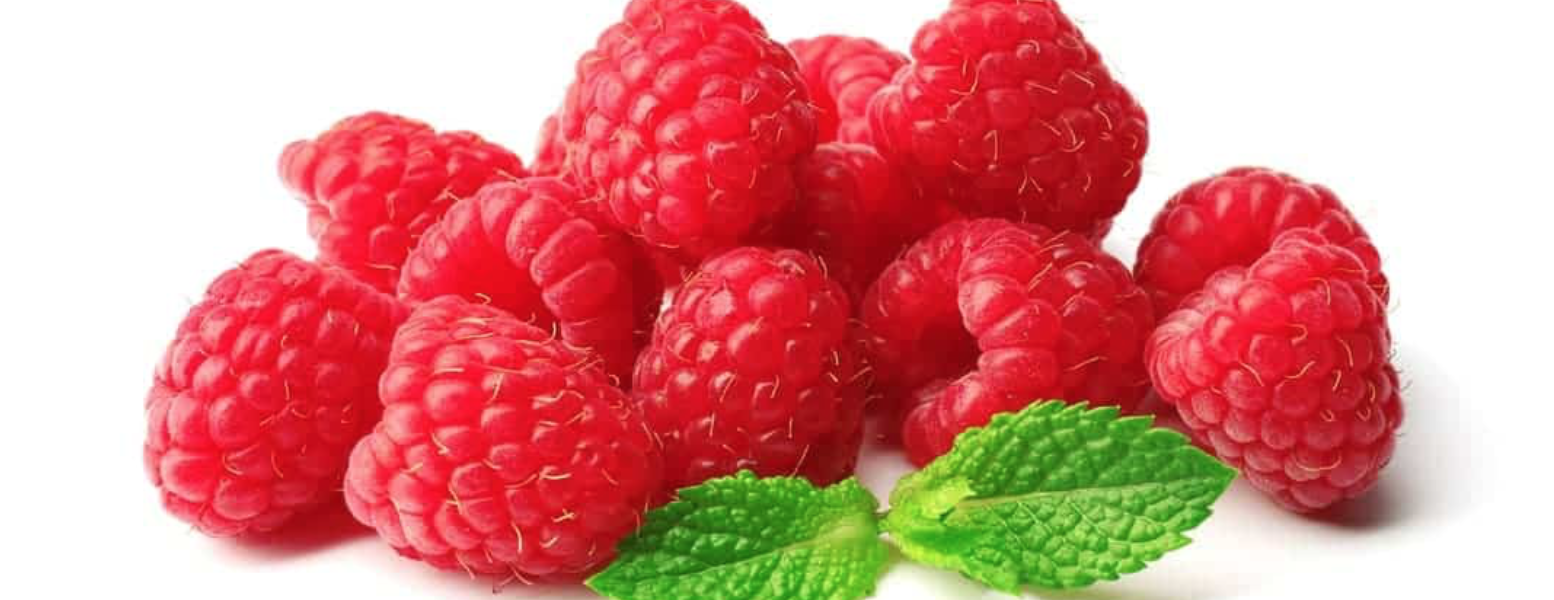
By Shelley Balls
UW Extension, Nutrition and Food Safety Educator

Raspberries are one fruit that we can grow in Wyoming gardens successfully, so why not talk about how nutritious and versatile they are at the table! Fresh raspberries out of the garden are hard to beat when it comes to fruit, and they not only taste good but they’re good for you too! Schools are out and kids are looking for some- thing to snack on… raspberries are colorful, sweet, and sure to make your kids happy on a warm summer day.
NUTRITION
Raspberries are packed with antioxidants, dietary fiber and vitamin C. Just one cup of raspberries contains 32% of the daily value of dietary fiber and 53% of the daily value of vitamin C. Antioxidants are substances that may protect your cells against free radicals, which may play a role in heart disease, cancer, and other diseases.
Free radicals are molecules produced when your body breaks down food or when you’re exposed to tobacco smoke or radiation. Berries have also been shown to improve brain function. According to MyPlate, young kids (2 to 4 years) need 1 to 1 1⁄2 cups per day of fruit. Older children (5 to 13 years) need up to 2 cups per day. Most teenagers also need 2 cups per day. Adolescent boys may need more — up to 2 1⁄2 cups of fruit per day. So, raspberries and other berries can help your family meet these recommendations.
• PREPARATION AND STORAGE
When making dishes with raspberries whether from the store or the garden, be sure to wash your berries thoroughly before eating them. But don’t pre-rinse your berries if you’re not going to eat them right away as this can speed up the spoiling process. If you are making a quick bread such as muffins or pancakes with raspberries, try not to overmix the batter or the berries will stain the color of your product. Raspberries last longer if stored at higher humidity with lower air circulation in the coldest place in your fridge. Produce drawers are ideal. If not available, a sealed container will do the job. If storing long term, spread berries on a baking sheet and place in the freezer for a few hours, then transfer to a freezer-safe storage container.
• ENJOY MANY WAYS
Enjoy raspberries fresh for a tasty snack or for a sweet dessert after dinner, in yogurt parfaits, salads, baked goods, cold or hot cereals, preserved into jam, added to smoothies, and more! If raspberries aren’t in season, you can also buy them frozen which is an economical option and they still taste great in smoothies, jam, baked goods, or thawed and added to yogurt parfaits.
If you have an abundance of berries that you won’t be able to eat before they spoil, try boiling water canning your fresh raspberries! The Low-Sugar Raspberry “Lemonade” Jam recipe below is a fun recipe and can be spread over pancakes, toast, peanut butter sandwiches, filled into crepes, thumbprint cookies, and more!
• LOW-SUGAR RASPBERRY “LEMONADE” JAM
Recipe Source: The All New Ball Book of Canning and Preserving First Edition Pg.52
Yield: 6 (1⁄2 pint) jars
INGREDIENTS:
3 1⁄2 pounds of fresh raspberries
1⁄2 cup fresh lemon juice (about 5 lemons)
4 Tablespoons Ball Low or No-Sugar Pectin
1 1⁄2 cups honey
INSTRUCTIONS:
Place raspberries in 6-quart stainless steel or enameled Dutch oven. Crush raspberries with a potato masher.
Stir in lemon juice and pectin. Bring mixture to a full rolling boil that cannot be stirred down, over high heat, stirring constantly.
Stir in honey. Return mixture to a full rolling boil. Boil hard for 1 minute, stirring constantly. Re- move from heat. Skim foam, if necessary.
Ladle hot jam into a hot jar, leaving 1⁄4-inch headspace. Remove air bubbles. Wipe jar rim. Center lid on jar. Apply band and adjust to fingertip tight. Place jar in a boiling-water canner. Repeat until all jars are filled.
Process jars 10 minutes, adjusting for altitude*. Turn off heat; re- move lid, and let jars stand 5 minutes. Remove jars and place on a towel and cool undisturbed for 24 hours.
*Process jars for 25 minutes total if boiling water canning in Lincoln County (elevation 6,001- 8,000 feet).





